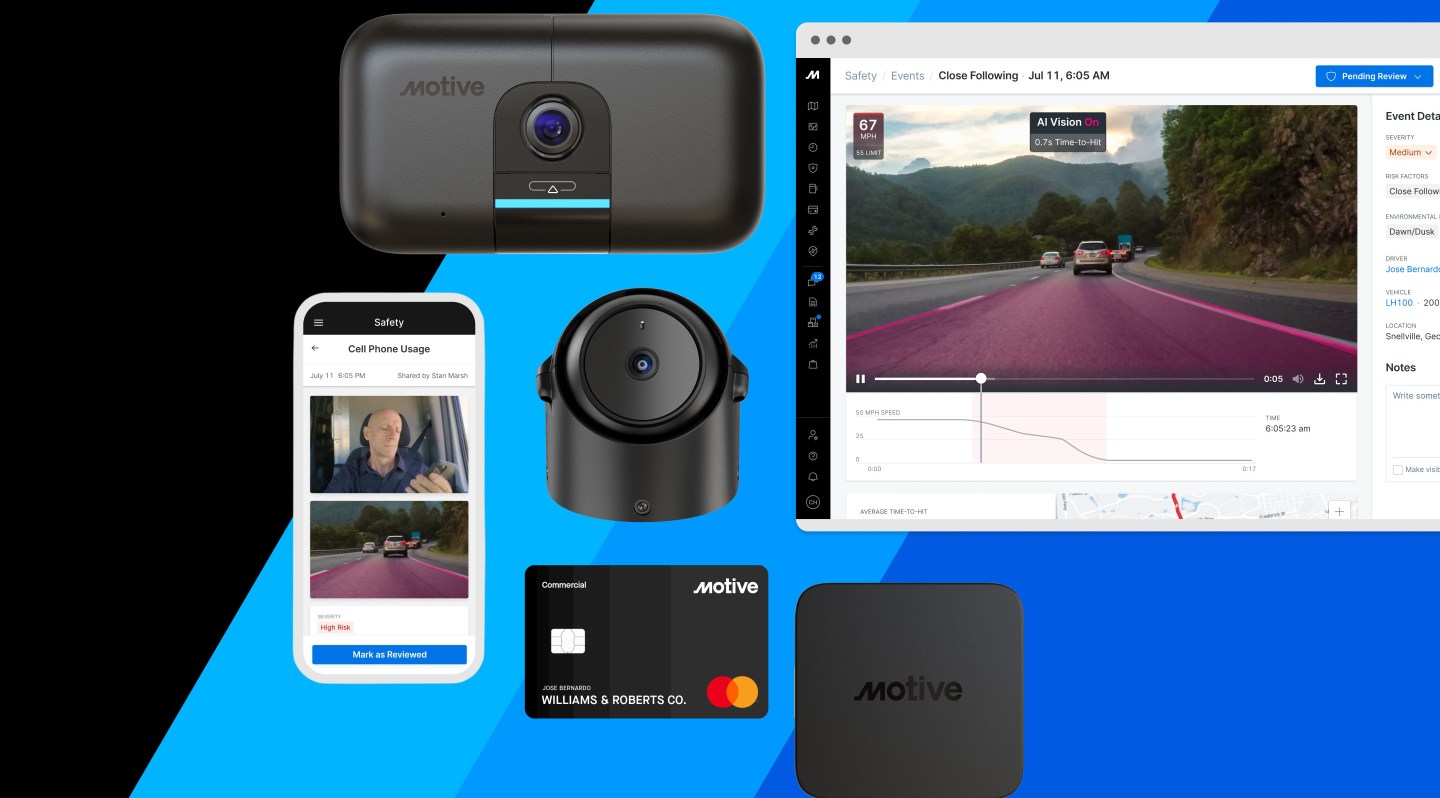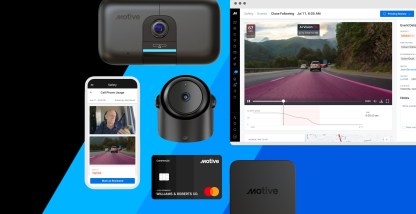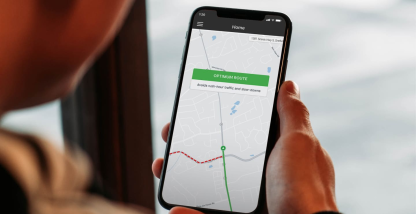Make a seamless transition to your next tech provider with advice from one of the industry’s leading consultants.
Throughout his illustrious safety career, Clay Merches learned from the best. He soaked it all up like a sponge, advancing to bigger and bigger fleets. By the time he hung up his fleet safety boots in 2019, he was VP of Safety at Roadrunner, a 4,000-vehicle operation.
Over a 25-year career, Merches led several provider transitions. As president of LEC, LLC (Leading Edge Consulting), he now guides others through the process. What does he tell them? He describes his approach here in 7 simple steps.
1. Understand the problem
According to Merches, the search for a new technology provider starts with a problem. “Can your current provider solve the problem or not? If not, you need to seek out a provider who can.”
Maybe your AI dash cams don’t alert to unsafe behaviors as they should, and you need an alternative with more accurate AI detection. Maybe your fleet card isn’t delivering the cost savings you believe you can get elsewhere, or your savings are being eroded through fees.
The sooner you identify the issue, the sooner you can move on to a better solution. It helps to work with a provider with an all-in-one platform that lets you manage your fleet and your spend in one place. Doing so will bring 360-degree visibility to your operations and let you scale your business without risk.
2. Start ‘dating’
Just like actual dating, the hunt for a new provider requires building relationships. Merches likes the dating analogy, because the provider search is all about chemistry and commitment.
“The chemistry you establish with a potential provider is as vital as the technology itself,” he says. “Do you prefer your new friend to your old friend? If so, assess the pros and cons of dating someone new and decide if the relationship is worth pursuing. If it feels like a match, you’re ready to pilot the technology.”
3. Ensure the provider’s road map aligns with your long-term goals
The challenges of today will evolve tomorrow. So make sure your potential new provider can solve your current pain points and allow for future growth. “Think about future opportunities you’ll need to solve for and if the provider is well-positioned to support you long-term,” Merches says.
If the provider wants to address your pain points, and their solutions will benefit your fleet for years to come, you’ve found a strong partner.
Providers like Motive are always building new products and enhancing those in use. When the Motive AI Dashcam was first released, for example, it detected cell phone use and close following. With recent enhancements, it now also detects unsafe lane changes, drowsy driving, and imminent forward collisions.
In spend management, the Motive Card’s new Savings Finder helps cut costs by making it easy for drivers to find the lowest fuel price in the area. Location mismatch alerts from the Motive Fleet Card notify managers of fraudulent transactions instantly, whenever vehicle location and fueling location don’t match. Capabilities like these prevent theft and stop fraud in its tracks.
4. Assess the terms of your current contract
Technology providers that offer AI dash cams and electronic logging devices (ELDs) typically have long-term contracts that expire after three or five years. If you’re considering opting out, determine where you are in your commitment and what the penalty will be for terminating the contract early. Keep in mind, opting out doesn’t come cheap, but some providers will subsidize the switch from a competitor.
“Cost is a big consideration,” Merches says. “Discuss it internally to see if you can afford it. Work with your new provider to see if they’ll cover some of the costs, allowing you to leave your existing contract early.”
5. Assess the cost of swapping out hardware
The cost of uninstalling and reinstalling hardware is an issue for enterprise fleets. The cost of a rollout is calculated in lost time as much as anything.
“Swapping out dash cams or ELDs on 4,000 vehicles isn’t an easy flip of the switch,” says Merches. “There’s vehicle maintenance and install time to think about. Installation leads to downtime. Not just for vehicles, but for drivers and operations as well. Will you lose utilization? What’s the cost of that? There’s a lot to consider. Being prepared for disruption is half the battle.”
6. Specify how the ‘rules of the game’ will change with the new technology
There’s an art to rolling out safety technology. If you’re switching dash cam providers, you’re well aware of that already. Before you install the new solution, communicate your plans across the organization. Merches recommends taking the following steps before any rollout:
Educate internal staff on what’s coming, and why it’s coming. If you’re implementing a different set of dash cams, make sure to communicate with everyone impacted by the decision. Include safety, compliance, and operations personnel, and most importantly, drivers.
Educate the team about product features and enhancements. Explain how the new dash cams work, what their trigger points are, and how drivers and dash cams will interact. Will the dash cams be rolled out fleetwide, or just partially? Which drivers will get them first?
Discuss which data points the dash cams will collect. As AI dash cams become more customized, fleets decide where they want to focus. Do you want to capture speeding events and ignore unsafe lane changes? Will you focus exclusively on distracted driving? Customization lets you design your safety program however you choose. Just be sure to educate drivers about your approach.
7. Share your excitement with peers
Once the first wave of technology units has been installed and you’ve started to see improvement, spread the word among colleagues and friends. The transportation industry is a close-knit community. People are quick to share their success. If AI dash cams and driver coaching helped you reduce accidents by 50%, for example, your peers will want to know about it.
“Singing the praises of your new provider builds connection between you and your colleagues,” Merches says. “What better way for people to learn about what works than from a friend.” Share your success on LinkedIn as well. Platforms that offer a sense of community are a great way to share ideas and benchmark your success against the best.
Ready for a change?
We’re ready for you. At Motive, partnership begins with customer service and an all-in-one platform that lets you manage your operations in one place. Read some of our case studies to hear what customers are saying about us. Or connect with a sales rep to get started today.










